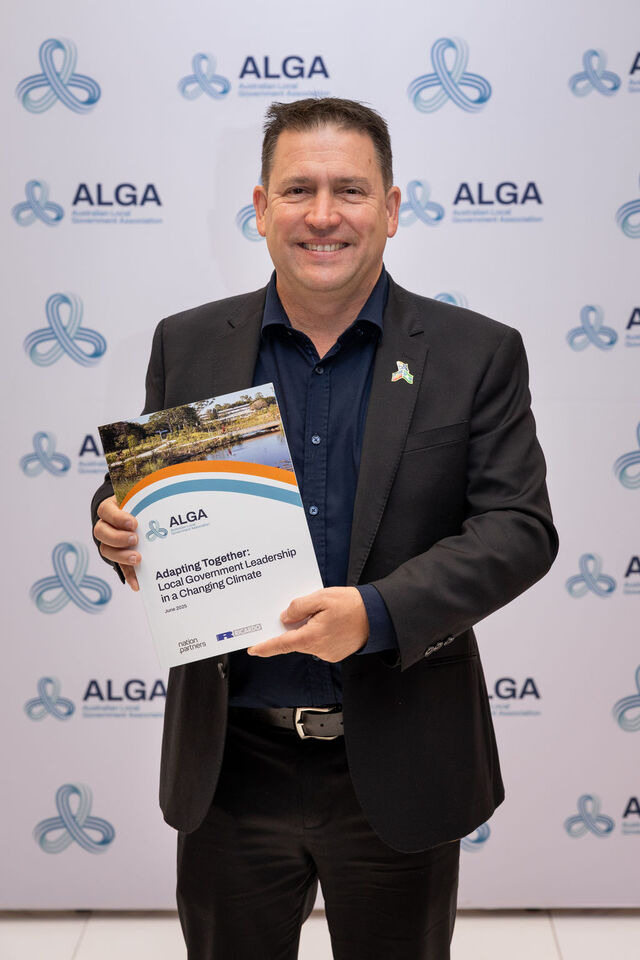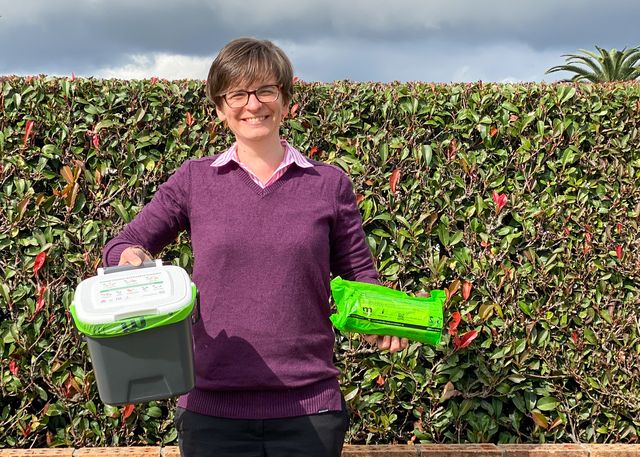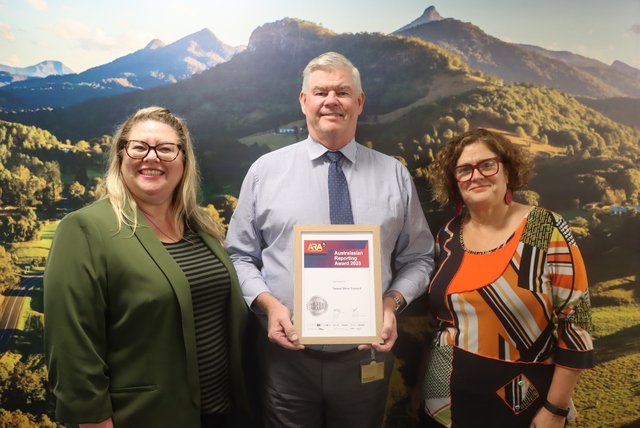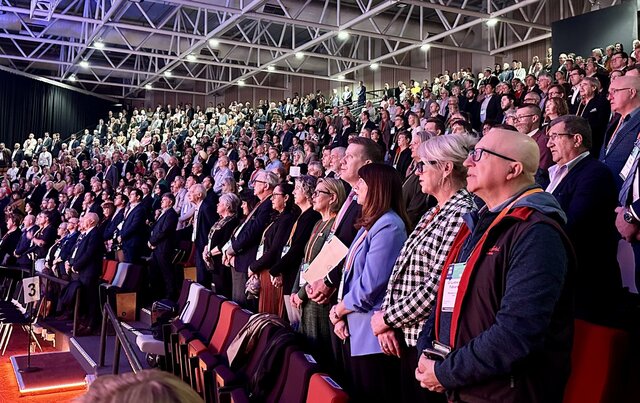The Municipal Association of Victoria (MAV) submission on the fire services levy has raised concerns about its fairness and argues that a capital improved valuation base would better reflect capacity to pay.
MAV President Bill McArthur said that Local Government had been frustrated by the lack of analysis in the Government’s options paper, which was a pre requisite for an informed community discussion.
“Ideally, it would be preferable for the Victorian Government to recognise the work of fire agencies as an essential service provided for public good, which should be funded from consolidated revenue,” he said.
“But given a property based levy is likely, there are many possible outcomes and unknowns.
While farmers and inner metro property owners could pay more if the levy is assessed using only land values, apartments and large shopping centres could pay more if the model uses improved building values.
It’s vital for the Government to explain the design principles that underpin its levy, and to resolve the cross subsidies that will inevitably occur between property types.
Following extensive modelling at both the municipal and property class levels, the MAV believes all valuation bases have weaknesses that undermine delivery of a fair and equitable levy.
However the capital improved valuation methodology would be more accurate and avoids the extreme impacts for specific property classes that are evident under other proposed options.”
Councils have overwhelmingly voiced their strong opposition to being a collection agency for the State.”
As the Treasury options paper clearly argues, collection by the State Revenue Office would be less complex, provide a uniform service and offer more flexibility in the levy design and concession options.
MAV modelling found the levy could significantly redistribute the burden of fire services funding.
In general, properties with low land values situated in high risk areas are likely to have a reduced contribution, while properties with high land value in low risk areas are likely to have their contribution increase.
If a property based fire levy is collected through rates using a capital improved valuation base, MAV analysis shows the average rate increase would be 19 per cent, and in excess of 30 per cent in some municipalities.







